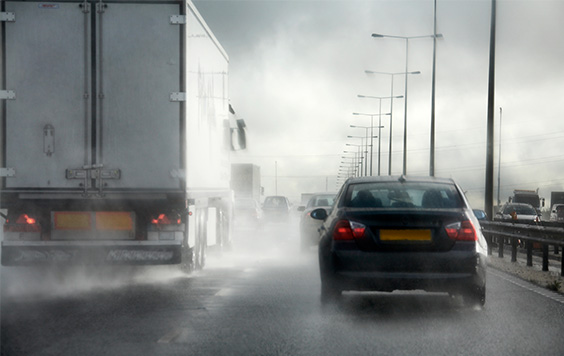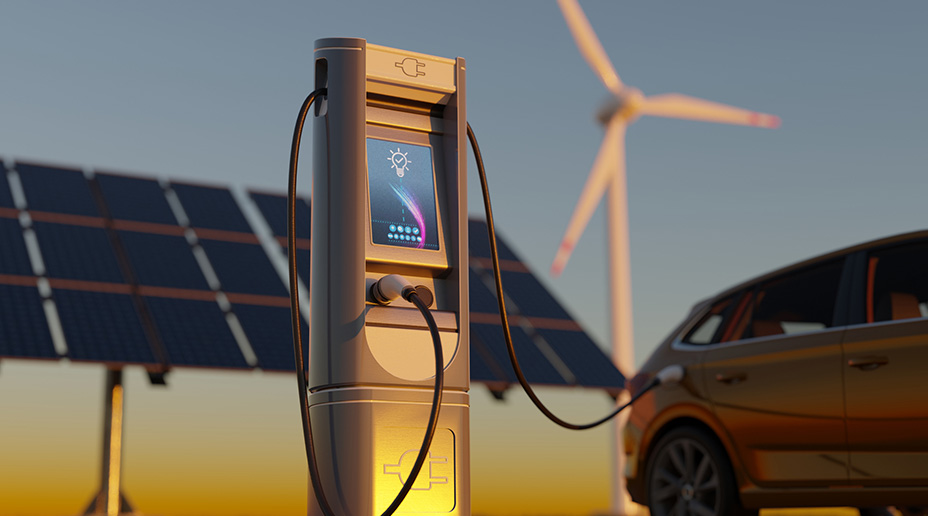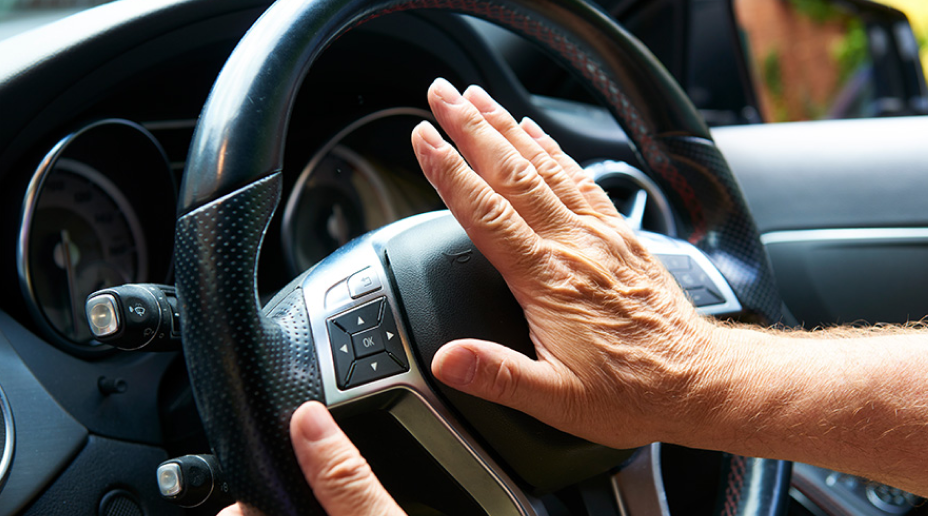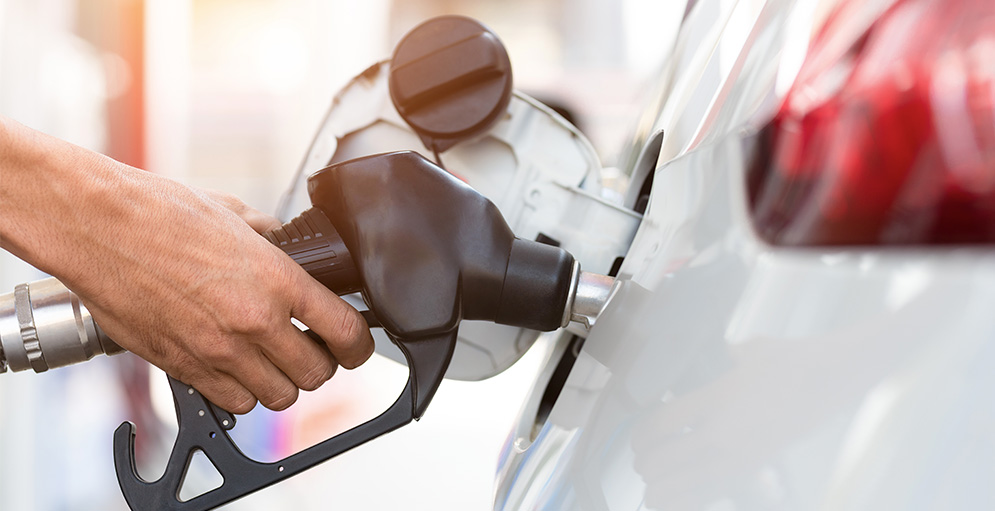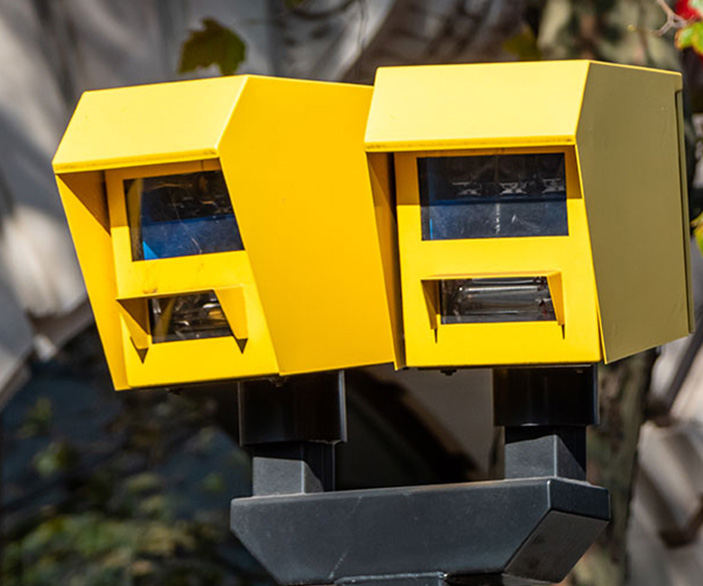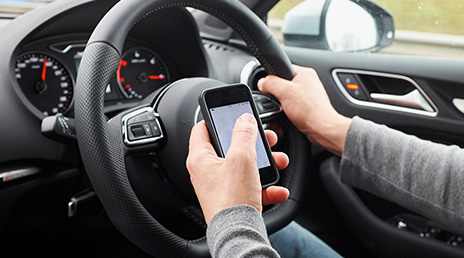Our top tip is simple. Drive carefully. When driving in heavy rain especially, keep your distance from the car in front in case they slow down or stop suddenly.
On wet roads, the highway code recommends doubling the normal two-second gap, giving us a stopping distance of four seconds in heavy rain.
Your car’s condition is especially important when you’re driving in bad weather, so it’s vital you keep on top of your car maintenance and check your car’s tyre tread. You only need a 20p coin to do this so it’s worth checking out this handy video which walks you through it.
Once you’re actually driving, make sure you reduce your speed. Not only will your visibility be reduced by heavy rain, but your stopping distance will be increased. Look at Rule 227 of the Highway Code for more on this.
Make sure you’re using dipped headlights so other drivers can see you; don’t use fog lights though, as it just dazzles other drivers and makes it even more dangerous for them.
Lastly, be gentle on the accelerator and brake pedals because sudden changes in wheel rotations can lead to aquaplaning, where you skid over water and lose control of the vehicle.
